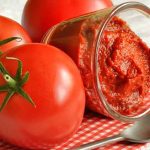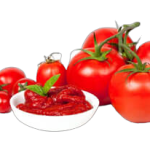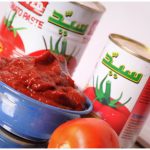9 stages of exporting tomato paste
what will you read...
1. Quality and standard production:2. Registration in the comprehensive trade system:3. Obtaining the necessary permits:4. Finding the target market:5. Conclusion of the contract:6Preparation for shipping:7. Shipping:8. Goods clearance at destination customs:9. Distribution and sales: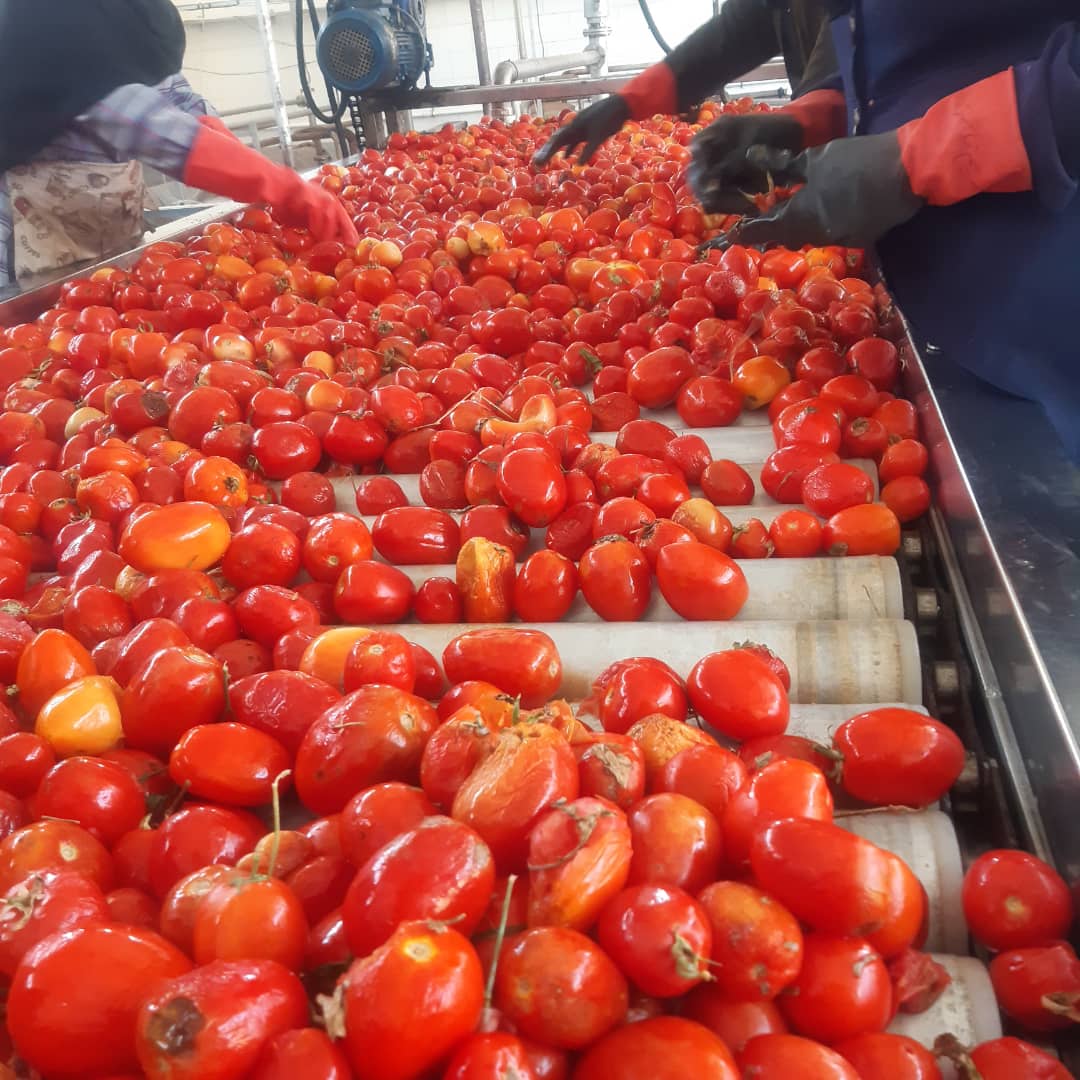
Exporting tomato paste, as one of the important agricultural and food products, is a multi-step process that requires compliance with international standards and regulations. Below, we briefly review the main stages of tomato paste export:
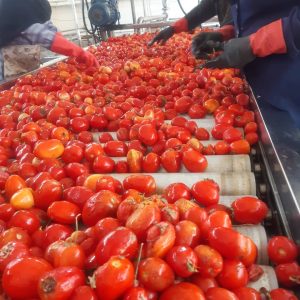
1. Quality and standard production:
* Selection of quality tomatoes: the tomatoes used should be suitable in terms of size, color and sugar content.
* Adherence to health standards: all production stages from processing to packaging must be done in accordance with health and food safety standards.
* Suitable packaging: The packaging should be suitable in terms of resistance, maintaining product quality and visual appeal.
2. Registration in the comprehensive trade system:
* Obtaining an economic code: all economic operators must obtain an economic code to carry out commercial activities.
* Registration of product information: detailed product information including type, amount, value and packaging specifications must be registered in the comprehensive business system.
3. Obtaining the necessary permits:
* Health certificate: All food products need a health certificate for export.
* Standard certificate: Depending on the export destination, it may be necessary to obtain a standard certificate.
* Export permits: Some countries have special permits for importing food products that must be obtained.
4. Finding the target market:
* Market research: identifying target markets according to demand, competitors and import laws
* Communicating with customers: Establishing communication with importers and distributors in the destination country
5. Conclusion of the contract:
* Drafting the contract: drafting the sales contract by mentioning the details of the product, price, terms of payment, transportation and other matters.
*Confirmation of the contract: detailed review of the contract by both parties and its signature

6Preparation for shipping:
* Final packing: packing products in pallets and preparing for loading
* Preparation of shipping documents: preparation of commercial documents such as invoice, bill of lading and certificate of origin

7. Shipping:
* Choosing the type of transportation: choosing the most suitable type of transportation (sea, air, land) according to the distance, type of product and cost.
* Product insurance: insuring the product against possible damages during transportation
8. Goods clearance at destination customs:
* Submission of documents: submission of all necessary documents to the destination customs office for goods clearance
* Payment of customs duties: payment of customs duties and other related costs
9. Distribution and sales:
* Delivery of goods to the customer: delivery of the goods to the customer at the destination and receiving payment
Important points in the export of tomato paste:
* Compliance with international standards: products must be produced in accordance with the international standards of Codex Alimentarius.
* Communicating effectively with customers: Continuous communication with customers to build trust and maintain business relationships
* Update information: information about changes in export laws and regulations in the destination country
For more detailed information and expert advice, it is recommended to consult trading companies and export consultants.
Do you have any other questions about exporting tomato paste?






